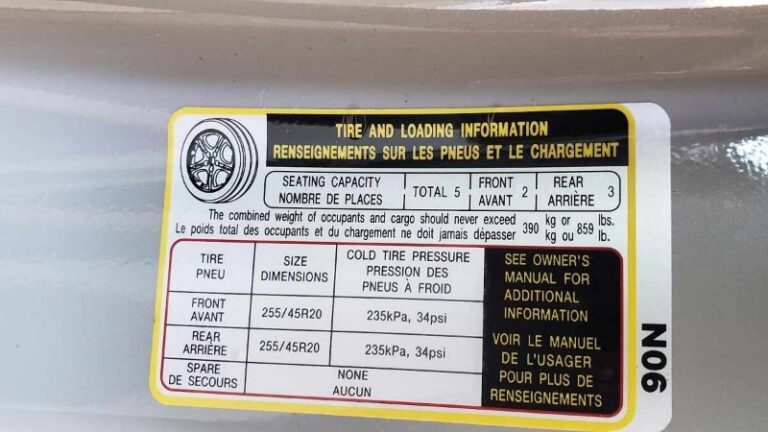Causes of Check Engine Light When Tire Pressure is Low
In some cases, low tire pressure can trigger the check engine light due to:
- Faulty TPMS sensor: A malfunctioning TPMS sensor may send incorrect signals, causing the check engine light to activate instead of the TPMS light.
- ABS or Traction Control System Issues: Low tire pressure can affect the wheel speed sensors used by the ABS or traction control systems, leading to error codes and the check engine light being triggered.
- Compromised Vehicle Stability: In rare instances, extreme low tire pressure can affect the vehicle’s overall stability, triggering the stability control system and consequently illuminating the check engine light.
Addressing the Issue
If the check engine light comes on and you suspect low tire pressure as the cause, it is crucial to take the following steps:
- Check Tire Pressure: Use a tire pressure gauge to verify the tire pressure in all four tires. Inflate them to the recommended PSI as indicated in the vehicle’s owner’s manual.
- Reset TPMS: If the TPMS light is also on, you may need to reset the TPMS system. This process varies by vehicle, so refer to the owner’s manual for specific instructions.
- Have the Vehicle Inspected: If the check engine light persists after verifying and adjusting tire pressure, have the vehicle inspected by a mechanic to identify any underlying issues with the TPMS, ABS, or traction control system.
Prevention
To minimize the likelihood of low tire pressure triggering the check engine light, it is recommended to:
- Regularly Check Tire Pressure: Check tire pressure monthly or before long trips.
- Use a TPMS System: If your vehicle has a TPMS system, ensure it is working correctly.
- Avoid Underinflation: Maintain proper tire pressure as specified in the vehicle’s owner’s manual to prevent excessive wear and potential stability issues.
While low tire pressure typically triggers the tire pressure monitoring system, it can, in some cases, cause the check engine light to illuminate. If you encounter this issue, check tire pressure, reset the TPMS system if necessary, and have the vehicle inspected if the check engine light persists. By following these steps, you can address the problem promptly and prevent potential complications.
Can low tire pressure cause the check engine light to come on?
Typically, low tire pressure activates the tire pressure monitoring system (TPMS), which illuminates a dedicated warning light. However, in some cases, it can trigger the check engine light due to a faulty TPMS sensor, ABS or traction control system issues, or compromised vehicle stability.
What should I do if the check engine light comes on and I suspect low tire pressure?
Check tire pressure using a gauge and inflate tires to the recommended PSI. If the TPMS light is also on, reset the TPMS system as per the vehicle’s manual. If the check engine light persists, have the vehicle inspected by a mechanic to identify any underlying issues.
How can I prevent low tire pressure from triggering the check engine light?
Regularly check tire pressure, use a TPMS system to ensure its proper functioning, and avoid underinflation to maintain proper tire pressure as specified in the vehicle’s owner’s manual.

| Characteristic/Advice/Key Point | Low Tire Pressure | Check Engine Light |
|---|---|---|
| Typical warning indicator | Tire pressure monitoring system (TPMS) light | Check engine light |
| Causes of check engine light activation | Faulty TPMS sensor, ABS/traction control system issues, compromised vehicle stability | Loose gas cap, engine misfire, emissions control issues, etc. |
| First step if check engine light comes on | Check tire pressure | Check tire pressure, reset TPMS (if applicable) |
| Action if problem persists | Have vehicle inspected by mechanic | Have vehicle inspected by mechanic |
| Prevention | Regularly check tire pressure, use a TPMS system, avoid underinflation | Tighten gas cap, reduce speed and engine load if light is blinking, get regular maintenance |








